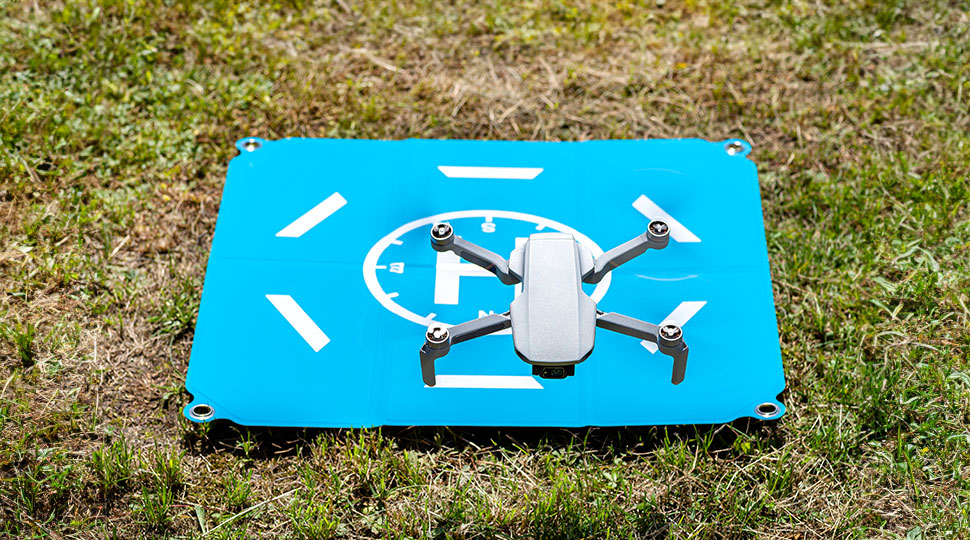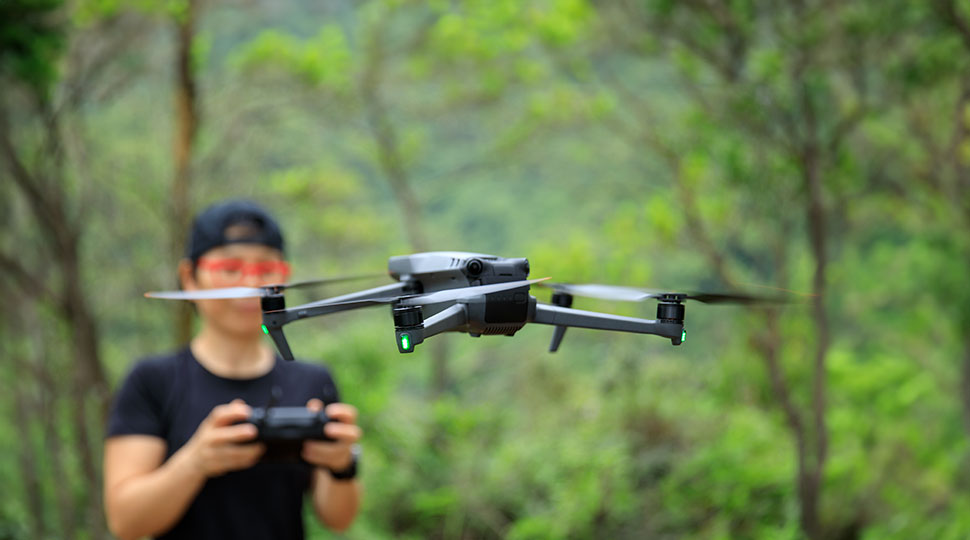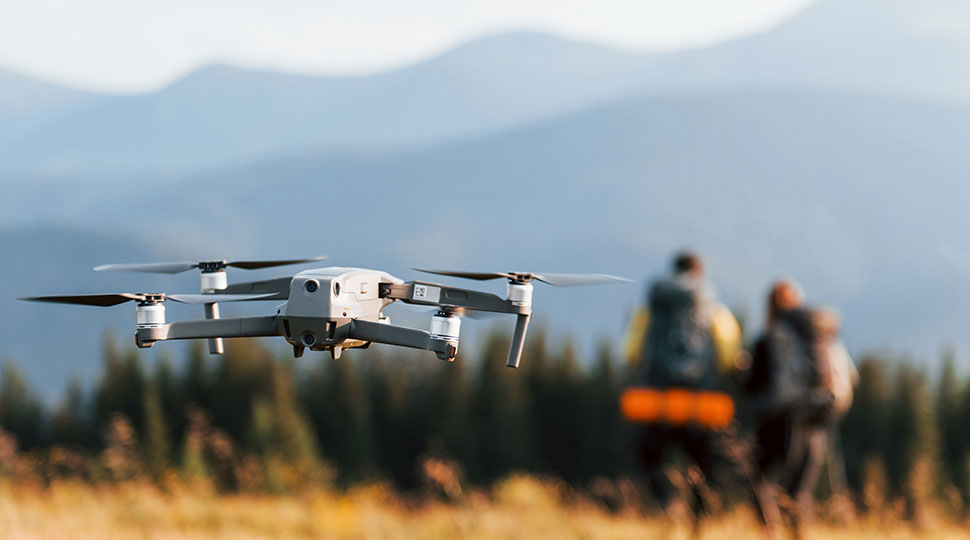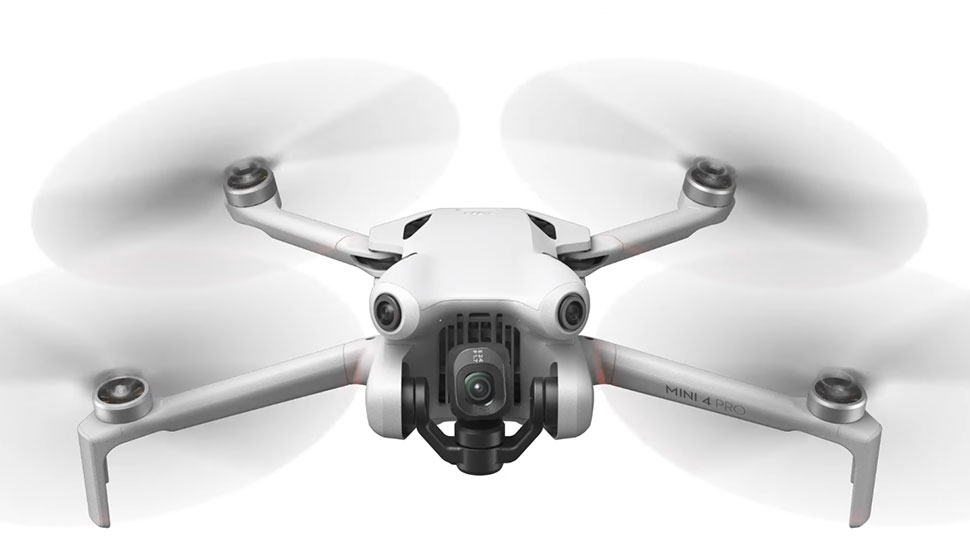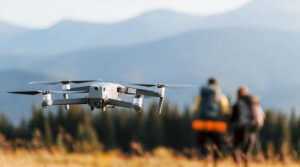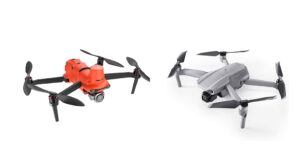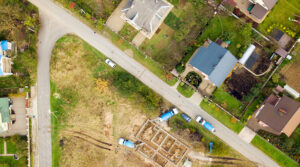Unmanned Aerial Search and Rescue (UASR) is a modern approach to finding and assisting individuals in distress, using drone technology to augment traditional search and rescue methods. Drone technology offers numerous benefits, such as the ability to cover vast areas quickly and efficiently, providing real-time imaging and data collection, and reducing the risks associated with human search and rescue efforts.
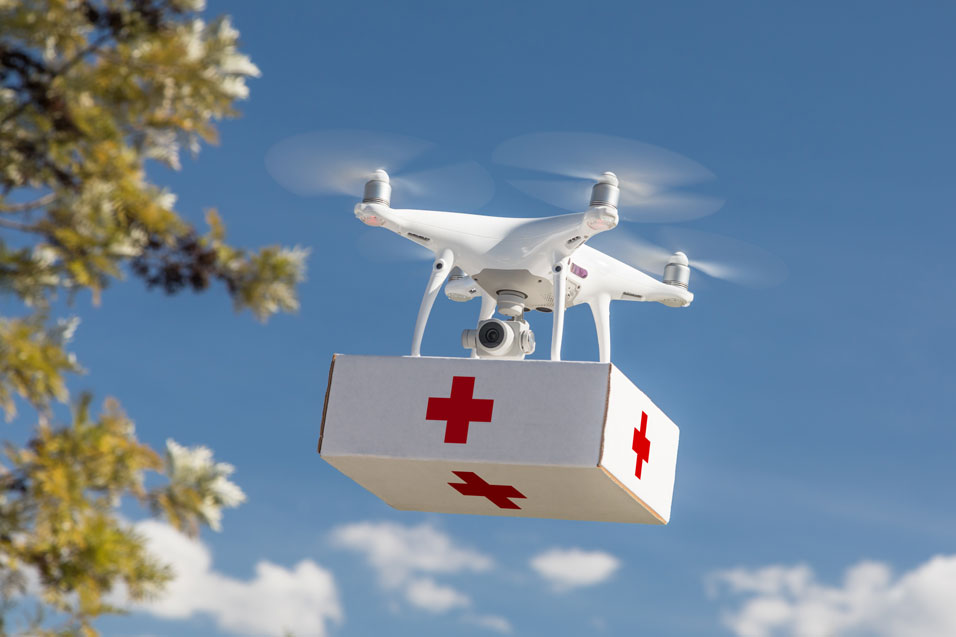
From natural disasters to lost hikers, search and rescue missions can be dangerous and challenging. However, with the rise of drone technology, the game is changing. In this article, we delve into the exciting world of Unmanned Aerial Search and Rescue (UASR). We will discuss the unique challenges and obstacles that come with implementing drone technology in rescue operations, and explore how it could revolutionize the way we save lives in the future.
Get the latest articles in your inbox fresh and ready to read …
Get the New To Drones "All Access Pass"
All Access Pass members enjoy unlimited access to entire articles – 100% FREE
By signing up you agree to our Terms of Service and Privacy Policy. You also agree to receive our newsletters (you can easily and quickly opt-out at any time).
You will receive free access to all of our articles while you are a member of the site.
How Drone Technology is Used in Unmanned Search and Rescue
Types of drones used for unmanned search and rescue operations
There are various types of drones that can be utilized for search and rescue missions, each with their own unique capabilities and advantages. Fixed-wing drones are capable of covering large distances at high speeds, making them ideal for searching expansive areas. Multirotor drones, such as quadcopters, offer increased maneuverability and the ability to hover in place, which is useful for close inspection of specific areas or objects. Additionally, some drones are equipped with thermal imaging cameras, allowing them to detect the heat signatures of individuals in need of rescue, even in low-visibility conditions.
Examples of how drone technology can be utilized during an unmanned search and rescue mission
Drone technology offers several key advantages over traditional search and rescue methods, including:
1. Enhanced aerial coverage: Drones can cover vast areas quickly and efficiently, providing responders with a comprehensive view of the search area. This can help to identify potential points of interest and narrow down the search field, ultimately increasing the likelihood of a successful rescue.
2. Real-time imaging and data collection: Drones equipped with high-resolution cameras and thermal imaging technology can capture detailed images and videos of the search area, allowing responders to analyze the data in real-time and make informed decisions on how best to proceed with the rescue operation.
3. Reduced risk to human rescuers: By utilizing drones in search and rescue missions, the risk to human responders is significantly reduced, as they are not required to physically enter dangerous or difficult-to-reach areas. This allows for a more efficient allocation of resources and reduces the likelihood of additional injuries or fatalities.
Challenges Faced with Utilizing Drone Technology for Search & Rescue Operations
Regulatory issues surrounding the use of drones in search & rescue missions
The use of drones in search and rescue operations is not without its challenges, particularly in terms of regulatory compliance. In many countries, the use of drones for such purposes may require specific permits or exemptions, which can be time-consuming and difficult to obtain. Additionally, there may be restrictions on the altitude at which drones can be flown, limiting their effectiveness in certain situations.
Safety concerns associated with flying unmanned aerial vehicles (UAVs) during a mission
Safety concerns also play a significant role in the implementation of UASR. Drones must be operated responsibly and within the guidelines set forth by aviation authorities to avoid potential collisions with other aircraft or obstacles. Additionally, there is the risk of drone malfunction or loss of control, which could result in injury or damage to property.
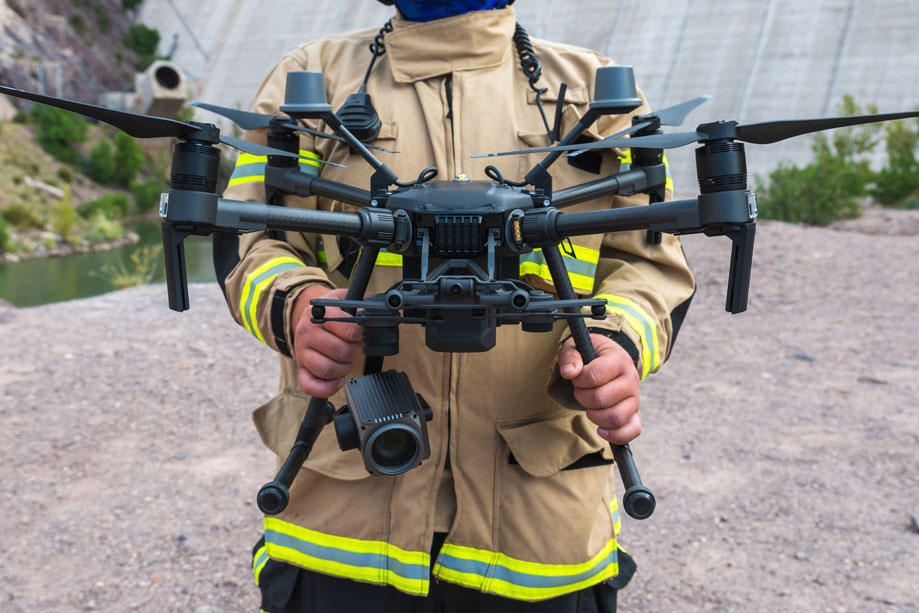
Technical challenges associated with operating UAVs in difficult environments such as mountainous terrain or extreme weather conditions
Operating drones in challenging environments, such as mountainous terrain or extreme weather conditions, can present additional technical difficulties.
Drones may struggle with maintaining stability in strong winds or navigating complex landscapes, which could limit their effectiveness in search and rescue missions.
Cleared for Takeoff
As drone technology continues to advance, the potential applications for UASR will only continue to grow. Researchers and manufacturers are exploring ways to improve drone endurance, imaging capabilities, and autonomous navigation, which could further enhance their effectiveness in search and rescue missions.
Additionally, integrating drone technology with other emerging technologies, such as artificial intelligence and machine learning, could help to create even more advanced search and rescue systems in the future.
Implications for utilizing drones to save lives
The use of unmanned aerial vehicles (UAVs) in search and rescue missions has the potential to revolutionize the way in which individuals in distress are located and assisted. By harnessing the power of drone technology, search and rescue teams can cover vast areas more efficiently, reduce risks to human responders, and ultimately save more lives.
While challenges remain in terms of regulatory compliance and technical limitations, the potential benefits of UASR cannot be ignored. As the technology continues to advance, it is likely that we will see an increasing number of successful search and rescue missions aided by the use of drones.

